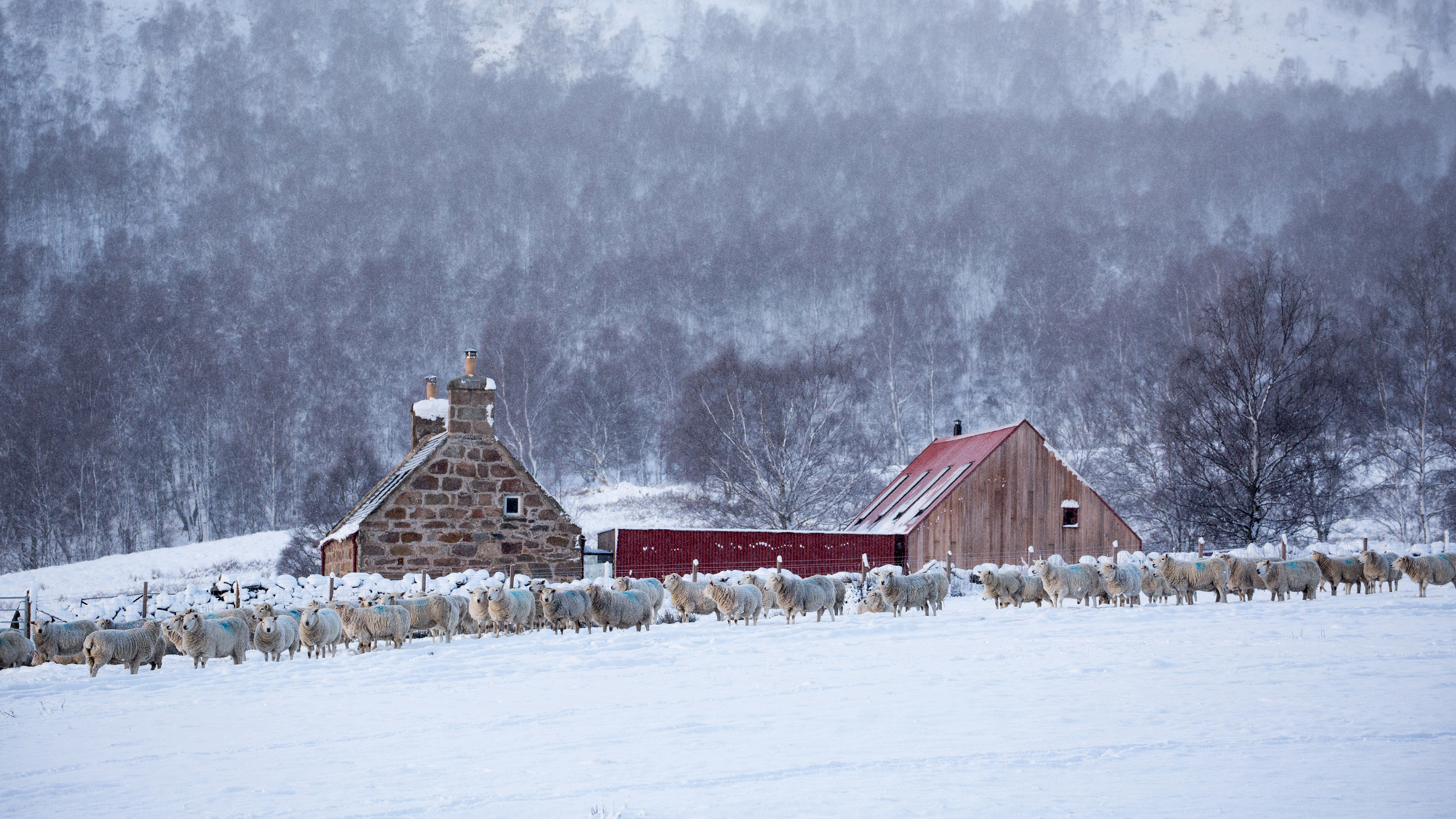In Roman times, eggs and butter were often added to basic bread to give a consistency that we would recognize as cake-like, and honey was used as a sweetener. Ancient Egyptians were the first culture to show evidence of advanced baking skills. The word cake traces back to the 13th century. During medieval times bakers would make fruitcakes and gingerbread.
The modern cake was an after thought of those baked in Europe during the mid 17th century. Cake hoops which were round molds for shaping cake were placed on flat baking trays. The hoops could be made of metal, wood or paper. These were the first cake pans. The first icings were made up of boiled composition of the finest sugar, egg whites and if available flavorings. The icing would be poured on the cake which was put back in the oven . The cooled icing would form a hard, glossy covering. Cakes during the 17th century were made with raisins, currants and citrons inside.
Today, cakes are made with extra refined white flour and baking powder instead of yeast. Buttercream frosting would replace the boiled icing. Cakes are round as they descended from ancient bread. The cakes were made into round balls and baked on hearthstones, griddles or in low, shallow pans. Baking pans in various shapes and sizes have become readily available and molded cakes like fancy ices have continued to impress.
Let them eat cake. She was to have said this when she was informed that the people had no bread. Did this really happen?? Some say no and other yes.
Places such as Scotland, Wales and Northern England took the work cake in a different direction. Cake here meant a thick, hard biscuit made from oatmeal. A Parkin is a gingerbread cake made with oatmeal. This cake originated in northern England. It is a baked to hard cake and as it rests it becomes moist and sticky. Some have a drier, more biscuit like texture. Parkins are enjoyed in November and through the winter months.
The time period between the 17th to 19th centuries Scotland was known as the 'land of cakes'
In the southern United States the African American communities would have competitions known as cake walk dances. The prize was a piece of cake Since that time cakewalks have spun up in many different places and the prize normally is your choice of cake.
8 ounces (2 sticks) butter, softened
8 ounces sour cream
3 cups sugar
6 eggs
1 teaspoon pure vanilla extract
2 1/4 cups all-purpose flour
1 teaspoon baking powder
3/4 cup cocoa
Vanilla Glaze:
1 cup confectioners’ sugar
1/4 cup heavy cream
1/2 teaspoon vanilla
OR
Chocolate Ganache:
1 cup semisweet chocolate chips
1/2 cup heavy cream
1 small package Reese’s Pieces
Preheat the oven to 325 degrees F. Grease and flour a 10-inch Bundt pan.
Using an electric mixer, cream together the butter and sugar.
Add the sour cream, and blend well.
Add the eggs, 2 at a time, beating well after each addition.
Add the vanilla.
In another bowl, stir together the flour, baking powder, and cocoa.
Add 1/2 the flour mixture to the creamed mixture; beat well. Add the remaining 1/2 flour mixture, and continue to beat at medium speed for 2 minutes.
Pour the batter into the prepared pan, and bake for 1 hour 15 minutes. (If necessary, continue to bake for an additional 15 minutes, but do not open the oven to check the cake for at least 1 hour.)
Remove from the oven, and cool in pan for 15 minutes. Invert cake onto a plate. Set aside to cool.
For the Vanilla Glaze: In a small bowl, whisk together the confectioners’ sugar, cream and vanilla until completely blended. If the glaze is too thick, add more cream, a little at a time. Pour glaze onto cake, letting it run down the sides. Set aside.
For the Chocolate Ganache: Measure the chocolate chips into a bowl. Pour the cream into a small saucepan, and warm it over medium heat. When the cream starts to simmer, take it off the heat, and pour it over the chocolate chips. Let it sit for 5 minutes; then stir until fully blended. Pour or drizzle the ganache onto the cooled cake. Set aside.
Place the Reese’s Pieces in a resealable plastic bag, and crush with a rolling pin.
Sprinkle crushed candy on top of the glaze.
Adapted from Paula Deen’s “The Lady & Sons Savannah Country Cookbook”



No comments:
Post a Comment
I love comments so if you have a minute leave me your thoughts on the above post